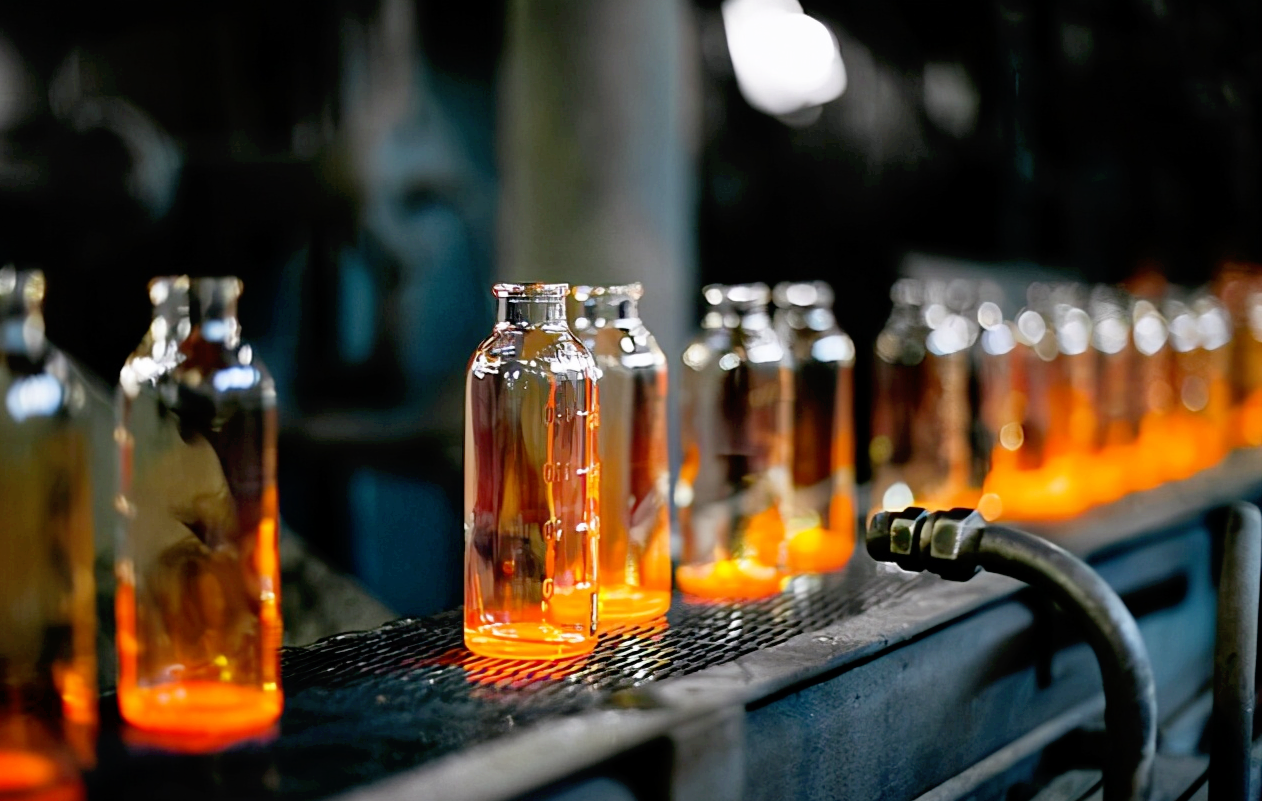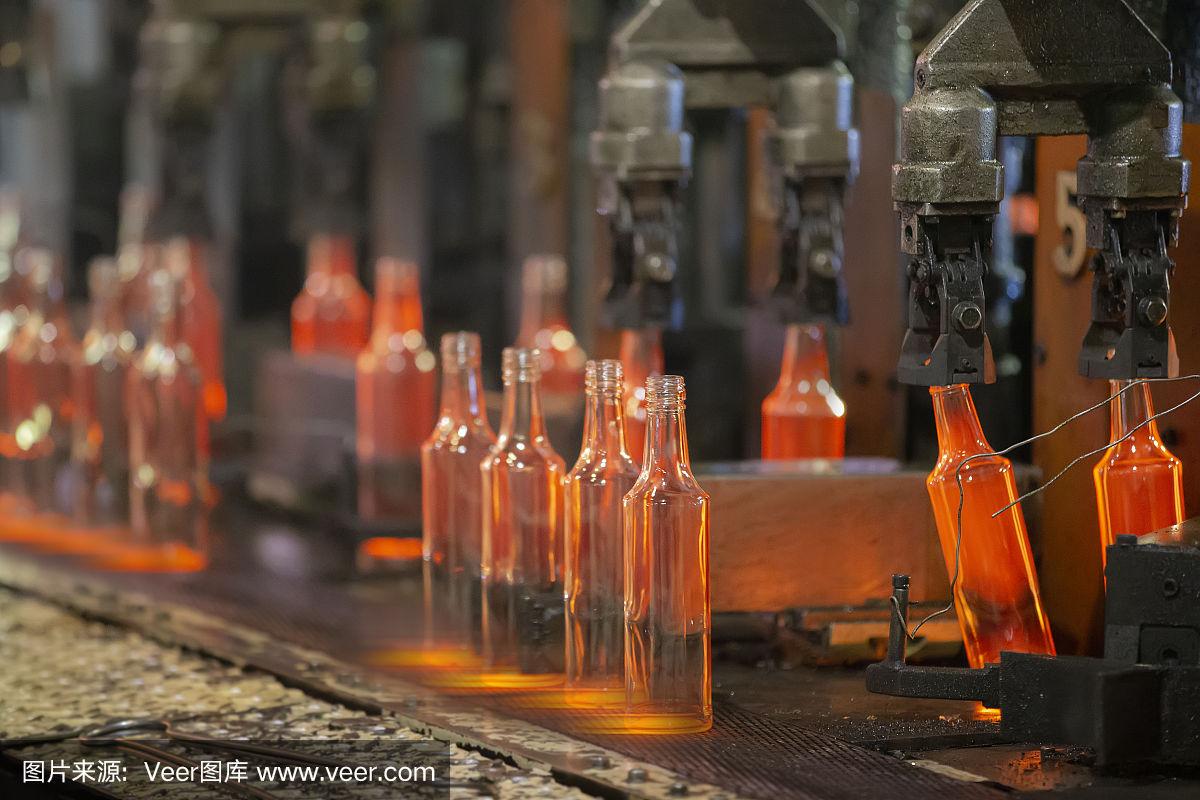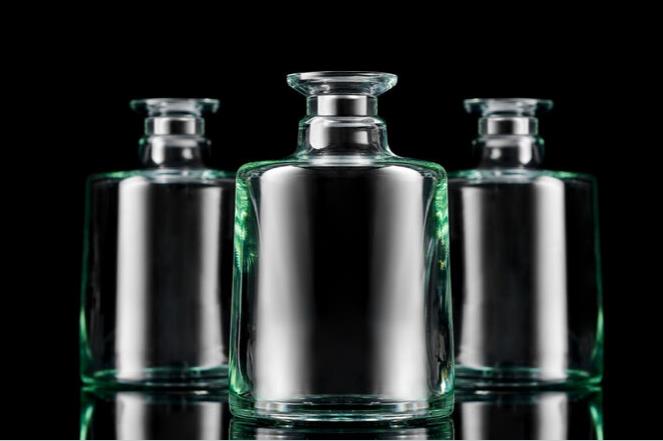Glass bottle production involves multiple steps - from designing the mold to forming the molten glass into just the right shape. Skilled technicians use specialized machinery and meticulous techniques to transform raw materials into pristine glass vessels.
It starts with the ingredients. Primary components of glass are silicon dioxide (sand), sodium carbonate (soda ash), and calcium oxide (limestone). Additional minerals are mixed in to optimize properties like clarity, strength, and color. The raw materials are precisely measured and combined into a batch before being loaded into the furnace.
Inside the furnace, temperatures reach 2500°F to melt the mixture into a glowing liquid. Impurities are removed and the glass takes on a uniform consistency. The molten glass flows along refractory ceramic channels into the forehearths where it is conditioned before entering the forming machines.
Bottle manufacturing methods include blow-and-blow, press-and-blow, and narrow neck press-and-blow. In blow-and-blow, a gob of glass is dropped into the blank mold and inflated by compressed air through the blowpipe.
The parison takes shape against the walls of the mold before being transferred to the final mold for further blowing until it conforms precisely.
For press-and-blow, the parison is formed by pressing the glass gob into the blank mold with a plunger rather than blowing air. The semi-formed parison then goes through the final blow mold. Narrow neck press-and-blow only uses air pressure to form the neck finish. The body is shaped by pressing.
Once released from the molds, the glass bottles undergo thermal processing to remove stress and prevent breakage. Annealing ovens gradually cool them over hours or days. Inspection equipment checks for defects in shape, cracks, seals and internal pressure resistance. Approved bottles are packed and shipped to fillers.
Despite stringent controls, defects still arise during glass production. Stone defects occur when bits of refractory material break off kiln walls and mix with the glass. Seeds are tiny bubbles of unmelted batch. Ream is glass buildup inside molds. Whiting appears as milky patches from phase separation. Cord and straw are faint lines marking the flow of glass into the parison.
Other flaws include splits, folds, wrinkles, bruises, and checks resulting from mold issues, temperature variation or improper handling. Bottom defects like sagging and thinning can arise during annealing.
Imperfect bottles are culled to prevent quality issues down the line. Those passing inspection proceed to decoration via screen printing, adhesive labeling or spray coating before getting filled.
From raw materials to finished products, glass bottle creation involves advanced engineering, specialized equipment, and extensive quality control. The intricate dance of heat, pressure and motion yields millions of flawless glass vessels every day. It’s a marvel how such fragile beauty emerges from fire and sand.
Post time: Sep-13-2023



